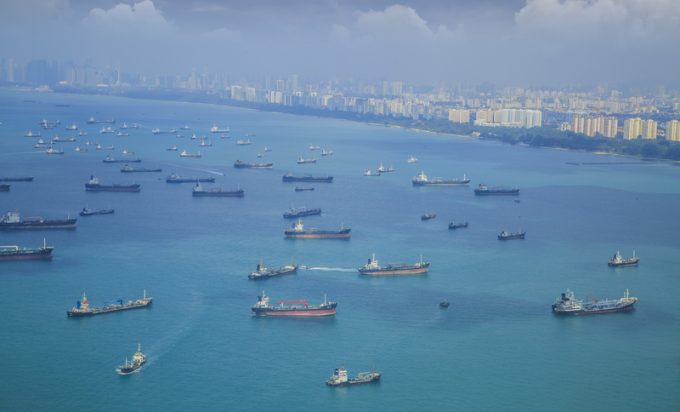Carriers warn of delays as congestion increases at North Europe's ports
Congestion levels are set to rise at ports across Northern Europe – expect schedule disruption, ...

Congestion in Singapore, the world’s second-busiest container port, has reached a critical level, compounding the shortage of ships and containers.
Data from Linerlytica indicates that containerships have to wait up to seven days to berth in Singapore, recently seeing up to 450,000 teu of vessels in the queue.
And port congestion globally is worsening and has tied up 2m teu of ships, nearly 7% of the fleet, which is lending support to carrier rate hikes.
The bottlenecks at Singapore are mainly due to ...
Maersk Air Cargo sees volumes fall as it aims for 'margin in favour of revenue'
Keep our news independent, by supporting The Loadstar
Container spot rates diverge: to Europe still falling, but firmer to the US
Volume surge and an early peak season? 'Don't celebrate too soon,' warning
Hapag-Lloyd won't take bookings if port congestion leaves cargo stranded
Ecommerce likely the front-runner in resurge of transpacific trade after deal
China-US trade tariff pause could drive a rebound for transpacific rates
Airfreight players eye new routes as demand on the transpacific nosedives
Service chaos from trade ban with India a problem for Pakistan shippers
Airfreight rates ex-China 'loss-making', but hopes of a trade deal stay high
Indian coastal freight attracts major carriers, but regional tension disrupts
Serious threat to jobs in US logistics as tariffs cause economic 'stagflation'

Comment on this article